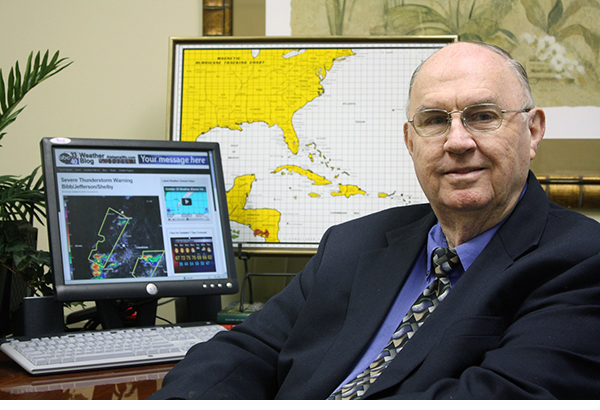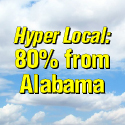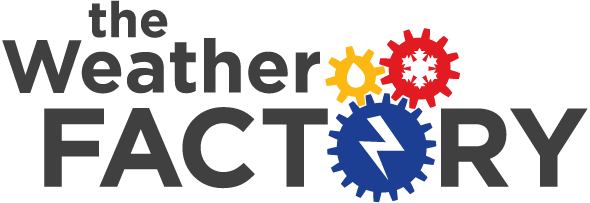Just a Few Thoughts on the Joplin Tornado
Heart breaking news and images are streaming out of Joplin, MO after a large, violent wedge tornado moved across the southern part of the city just before 6 p.m. last night. There are many, many fatalities and the death toll is certainly going to rise. The latest report we have is 24 fatalities.
UNTHINKABLE DEATH TOLLS: 366 people died in tornadoes in the United States in 1974. Before we started the day Sunday, we were at 362 fatalities. Sadly, we have surpassed that total. Let’s just hope that we don’t surpass the 1953 total, one of the worst years on record, when 519 people died.
40 YEARS: Joplin MO just marked the 40th anniversary of a devastating tornado that cut a path through the center of the city on May 5, 1971. The Tornado Project lists that tornado as an F3 I am afraid that Sunday’s tornado was much stronger.
LEAD TIME: The Joplin tornado struck right around 5:40 p.m. CDT Sunday. The official tornado warning was issued at 5:17. A separate storm had triggered a tornado warning for northern Joplin at 5:09. The NWS in Springfield specifically named Joplin in the 5:17 warning and emphasized it in an instant message to its media and EM partners at 5:13. The approximate 23 minutes of lead time at Joplin is right on the current average for lead time for tornado warnings. Still…dozens of people died. Think about what the death toll would have been without the NWS warnings…made possible by Doppler radar.
TUESDAY A RED LETTER DAY IN THE HISTORY OF DOPPLER RADAR: The technology has really fulfilled its promise or greatly increased warning lead times. Some would argue that there has been a higher false alarm ratio, but I think the trade off has certainly been worth it. Nearly forty years ago, that promise was just coming to the forefront as a team of scientists from the National Severe Storms Laboratory prepared to attempt to intercept a tornado using their powerful experimental Doppler radar. Conditions seemed to be right for the formation of tornadoes on May 24, 1973, and a team of scientists including Chuck Doswell, Joe Golden and Don Burgess prepared to try and capture a tornado on radar and in the field with an armada of instruments, video and still cameras. The scientists at NSSL had been studying the use of Doppler Radar in tornado prediction since the sixties. The tiny farming community of Union City, OK will forever be known as the place that they found their quarry. As the F4 tornado tore right through the center of town, it was the most intently studied tornado until that time. Research of the radar data from the storm would lead to discovery of the TVS – or Tornado Vortex Signature. The presence of a TVS on Doppler radar data is a very strong indication of tornadic potential in a severe thunderstorm. Researchers also discovered the telltale signature of a mesocyclone, or rotating thunderstorm, an important precursor to tornado formation.
Category: Severe Weather















